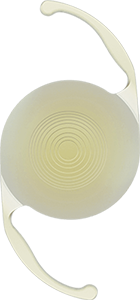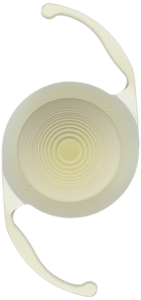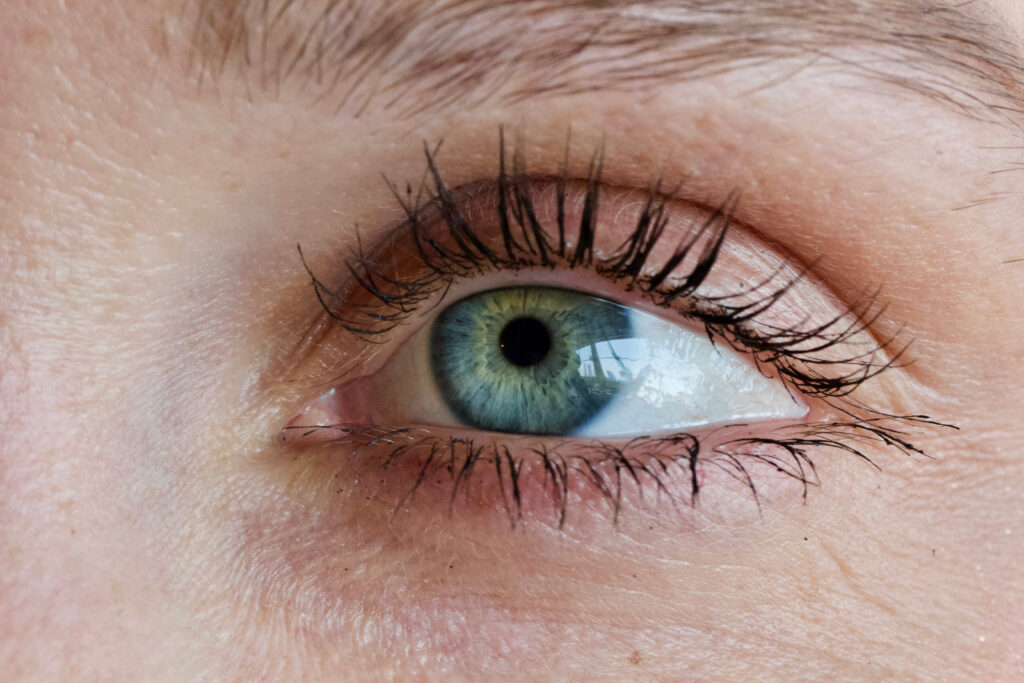Ready to say goodbye to glasses and contacts? The team at 20/20 Eye Physicians of Indiana understands how frustrating it can be to depend on visual aids, and we’re here to help you explore Refractive Lens Exchange (RLE) as a permanent solution for clearer vision.
What is Refractive Lens Exchange?
Refractive Lens Exchange is a procedure that can help increase your visual freedom by replacing your natural lens with an artificial one designed to correct your specific refractive error. Just like a camera needs a clear lens to take sharp pictures, your eye needs a properly functioning lens to see clearly.
During RLE, your RLE surgeon will replace your eye’s natural lens with an advanced artificial one, called an intraocular lens (IOL). This procedure can correct a wide range of vision problems, including nearsightedness, farsightedness, and astigmatism.

It’s especially helpful for people over 40 who are developing presbyopia. Presbyopia is a frustrating age-related change in vision that can make reading menus and phone screens increasingly difficult.
If you have presbyopia, you may find yourself constantly switching between regular glasses and reading glasses in order to see clearly.
What Happens During Refractive Lens Exchange?
The RLE procedure is very straightforward and typically takes about 15-30 minutes per eye. Your RLE surgeon at 20/20 Eye Physicians of Indiana will start by creating a tiny opening in the surface of your eye, known as the cornea.
This opening is so small it usually heals on its own without stitches. Through this opening, they’ll gently break up your natural lens into tiny pieces using ultrasound energy and remove them.
Your RLE surgeon will then carefully place and position your custom-selected IOL in the perfect spot. Most patients have their second eye done a week or two after the first, allowing time for the initial eye to heal and adjust.
IOL Choices for Refractive Lens Exchange
There are many IOL options available. Your eye doctor will help you determine which one is best for your goals and lifestyle.
Multifocal

Multifocal IOLs are advanced, premium lenses that can help you see clearly at various distances. With a multifocal IOL, you will be able to see clearly for multiple activities, from reading a book to working on your computer to watching TV across the room.
While your brain will need a little time to adapt to this new way of seeing, most people have the ability to do everyday tasks without reaching for their glasses. There are many different types of multifocal IOLs available, each offering individual benefits.
Your eye doctor at 20/20 Eye Physicians of Indiana will walk you through these different options to help you narrow down your choices.
Toric

If you have astigmatism, where your eye is shaped more like a football than a basketball, a toric IOL might be your best choice. These specialized lenses are designed to compensate for the irregular curve of your cornea, bringing your world into clearer focus.
Your RLE surgeon will precisely position these lenses during surgery to address your unique vision needs, helping you see more clearly than you might have thought possible. Not everyone with astigmatism will need a toric lens, especially those with minor amounts.
Your eye doctor will tell you if they believe a toric IOL will give you the best vision result based on your eyes and refractive error.
Who is a Good Candidate for Refractive Lens Exchange?
RLE can be an excellent choice for people over 40, especially if you’re tired of juggling multiple pairs of glasses or dealing with thick lenses due to strong prescriptions. You might be interested in RLE if you’ve found yourself holding menus at arm’s length or struggling with night driving.
However, before you can undergo this procedure, you will need to be qualified as a good candidate. Good candidates should have healthy eyes without serious conditions like glaucoma or retinal problems.
When you visit your eye doctor at 20/20 Eye Physicians of Indiana, they’ll thoroughly examine your eyes and discuss your lifestyle to ensure RLE is the right choice for you. While most patients significantly reduce their dependence on glasses after RLE, it’s important to understand that some might still need glasses for certain activities.

How Does Refractive Lens Exchange Differ From LASIK and Cataract Surgery?
While both RLE and LASIK can help you achieve clearer vision, they work quite differently. LASIK reshapes your cornea, which is the clear front part of your eye but leaves your natural lens in place.
RLE, on the other hand, replaces your natural lens entirely. This makes RLE particularly valuable for people over 40 since it not only corrects your vision but also prevents cataracts from developing in the future, which is something LASIK can’t do.
RLE can also often help people who aren’t good candidates for LASIK, such as those with very high prescriptions or thin corneas. The RLE procedure is very similar to cataract surgery, as the steps taken are practically identical.
The main difference between cataract surgery and RLE is the purpose of the procedure. RLE is done to help improve visual freedom, whereas cataract surgery is done to remove a clouded natural lens and help improve vision affected by cataracts.
How Long is the Recovery After Refractive Lens Exchange?
Most people find the recovery from RLE surgery to be smooth and manageable. Many patients notice improved vision within a few days, though it may take a few weeks for your vision to fully stabilize and your brain to adapt to your new lenses.
You’ll use special eye drops to help with healing, but you need to take some basic precautions, like avoiding dusty environments and protecting your eyes with a shield when you sleep for the first couple of days. While you might notice some glare or halos around lights at first, these effects usually fade as your brain adjusts to your new lenses.
Most people can return to their normal activities within a few days, though your eye doctor will provide specific guidelines based on your individual healing progress. You’ll also need to see your eye doctor for regular check-ups to ensure your eyes are healing properly and you’re getting the best possible results from your new lenses.
Do you want to learn more about refractive lens exchange or determine if this procedure might be right for you? Schedule an appointment at 20/20 Eye Physicians of Indiana in Indianapolis, IN, today!
